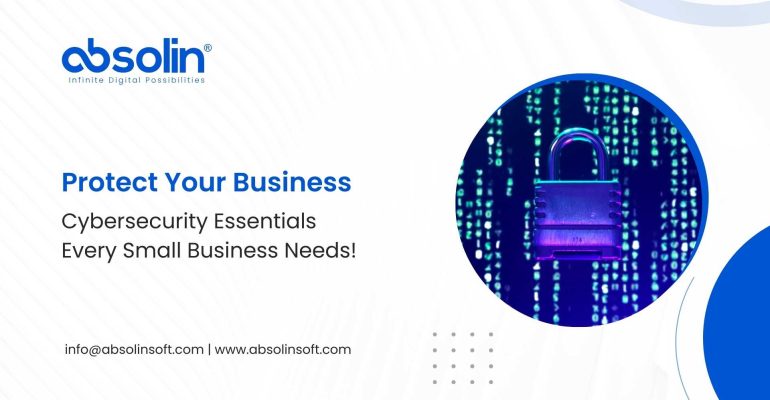A Guide to Cybersecurity Best Practices for Small Businesses
In today’s digital age, cybersecurity is crucial for businesses of all sizes. For small businesses, in particular, strong cybersecurity practices can mean the difference between smooth operations and devastating breaches. Here’s a guide to help you safeguard your business against cyber threats.
1. Understand the Threat Landscape
Small businesses often face unique cybersecurity threats, including phishing attacks, ransomware, and data breaches. Understanding these risks is the first step in protecting your business. Regularly educate yourself and your employees about the latest threats and how to recognize them.
2. Implement Strong Password Policies
Passwords are the first line of defense against unauthorized access. Ensure that all employees use strong, unique passwords for each system and service. Implement multi-factor authentication (MFA) wherever possible to add an extra layer of security.
Best Practices:
- Use a mix of letters, numbers, and special characters.
- Change passwords regularly and avoid reusing them.
- Use a password manager to keep track of credentials securely.
3. Keep Software Up-to-Date
Software updates often include security patches that protect against newly discovered vulnerabilities. Ensure that all operating systems, applications, and antivirus software are updated regularly to defend against potential exploits.
Steps to Take:
- Enable automatic updates where possible.
- Regularly check for updates manually if automatic updates aren’t available.
- Ensure that both system and application software are kept up-to-date.
4. Backup Your Data
Regular backups are essential for recovering from cyber incidents such as ransomware attacks. Ensure that your data is backed up frequently and stored securely.
Backup Tips:
- Use a combination of on-site and off-site backups.
- Test your backups periodically to ensure they are working properly.
- Encrypt backup data to protect it from unauthorized access.
5. Educate and Train Employees
Your employees are your first line of defense against cyber threats. Conduct regular training sessions to educate them about cybersecurity best practices and how to recognize potential threats.
Training Focus Areas:
- Identifying phishing emails and malicious links.
- Safe internet browsing practices.
- Secure handling of sensitive information.
6. Secure Your Network
Implementing strong network security measures is vital. This includes using firewalls, encrypting network traffic, and setting up secure Wi-Fi networks.
Network Security Measures:
- Use a firewall to protect your network from unauthorized access.
- Encrypt sensitive data transmitted over the network.
- Secure your Wi-Fi with strong passwords and encryption protocols.
7. Develop an Incident Response Plan
Having a response plan in place ensures that you can quickly address and mitigate the impact of a cyber incident. Your plan should include steps for detecting, responding to, and recovering from a cyber attack.
Incident Response Steps:
- Identify key team members and their roles in an incident.
- Outline steps for containing and eradicating the threat.
- Develop a communication plan for informing stakeholders and customers.
8. Use Security Software
Invest in reliable security software to protect your business from various types of cyber threats. This includes antivirus software, anti-malware tools, and intrusion detection systems.
Security Software Recommendations:
- Choose software that offers comprehensive protection against viruses, malware, and other threats.
- Regularly update your security software to ensure it can handle the latest threats.
- Consider using additional tools for threat detection and response.
9. Manage Access Controls
Limit access to sensitive data and systems to only those employees who need it. Implement role-based access controls and regularly review and adjust permissions as needed.
Access Control Best Practices:
- Grant access based on job roles and responsibilities.
- Regularly review access permissions and remove access for employees who no longer need it.
- Use secure methods for managing and storing access credentials.
10. Stay Compliant with Regulations
Ensure that your business complies with relevant cybersecurity regulations and standards. This not only helps protect your data but also avoids potential legal issues.
Compliance Tips:
- Familiarize yourself with industry-specific regulations and standards.
- Implement necessary measures to meet compliance requirements.
- Regularly review and update your compliance practices as regulations evolve.
Conclusion
Cybersecurity is an ongoing process, and staying vigilant is key to protecting your small business. By understanding the threat landscape, implementing best practices, and educating your team, you can create a robust defense against cyber threats. Prioritize cybersecurity today to safeguard your business for the future.






